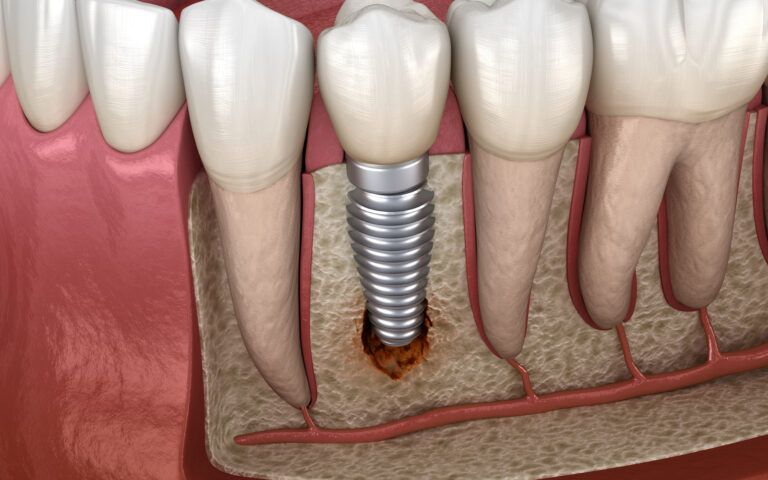Fiber Post Techniques For Anatomical Root Variations

Variations in tooth roots tend to often result in different approaches for creating posts, or cores, in restoration techniques. Complex post-endodontic restorations relied highly on either custom or prefabricated metallics to resolve tooth root issues. However, when at least 50% of the coronal tooth structure remains, it is important for dentists to choose the right techniques in these circumstances and not cut corners. In short, we’ll be providing a small summary of fiber post techniques and what we recommend for endodontists looking for restorative materials.
What All Fiber Posts Have In Common
Fiber posts, no matter the brand, are anisotropic, having a similar elasticity to dentin. This allows the post to flex slightly within the tooth and therefore reduces damage to the root. Often available in translucent or tooth-colored versions, these posts can be re-treated, are not suspectable to corrosion, and are invisible under crowns, veneers, and other resin restorations.
When To Use Certain Fiber Post Techniques
In terms of the technique, however, not all brands are the same despite their commonalities. Different manufacturing regulations create different mechanical properties, and therefore it is important to choose the right technique for the scenario at hand. These techniques include:
- Simple Canal Post Technique: Canal cleanings with conservative shapes can use a single fiber post and then be covered with a composite core to prepare for prosthetic restoration. Within this technique, it should focus on a bottom-up approach with emphasis on the canal first.
- Anatomical Post and Core Technique: This technique provides protection against polymerization shrinkage within larger canal spaces or oval canal spaces. By using core build-up, the fiber post can be shaped and prepared to maintain structural integrity within abnormally sized canals.
- Post and Accessory Posts Technique: Lastly, the post and accessory post technique utilizes additional posts for a wider canal opening, prebonding the canal posts together and hand sculpting the area prior to light-curing to achieve better compressive strength and minimize shrinkage.
In any contemporary dental practice, it is always important to keep an eye on the latest techniques, especially when corner cases come up regarding canal size and tooth integrity.
